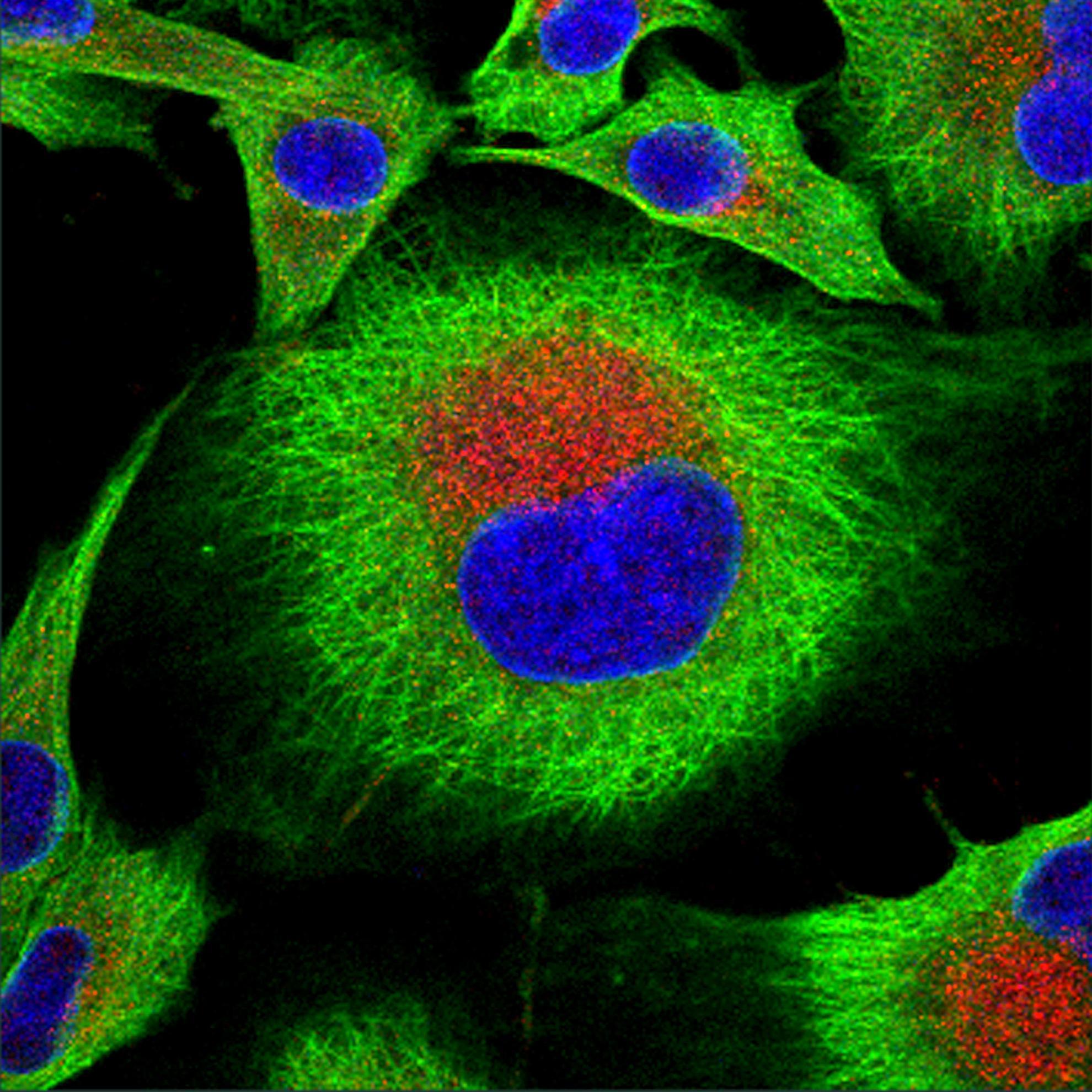Application of the thermofluor PaSTRy technique for improving foot-and-mouth disease virus vaccine formulation
Foot-and-mouth disease (FMD) has a major economic impact throughout the world and is a considerable threat to food security. Current FMD virus (FMDV) vaccines are made from chemically inactivated virus and need to contain intact viral capsids to maximize efficacy. FMDV exists as seven serotypes, each made up by a number of constantly evolving subtypes. A lack of immunological cross-reactivity between serotypes and between some strains within a serotype greatly complicates efforts to control FMD by vaccination. Thus vaccines for one serotype do not afford protection against the others and multiple serotype specific vaccines are required for effective control. The FMDV serotypes exhibit variation in their thermostability and the capsids of inactivated preparations of the O, C and SAT serotypes are particularly susceptible to dissociation at elevated temperature. Methods to quantify capsid stability are currently limited, lack sensitivity and cannot accurately reflect differences in thermostability. Thus new, more sensitive approaches to quantify capsid stability would be of great value for the production of more stable vaccines and to assess the effect of production conditions on vaccine preparations. Here we have investigated the application of a novel methodology (termed PaSTRy) that utilises an RNA-binding fluorescent dye and a qPCR machine to monitor viral genome release and hence dissociation of the FMDV capsid during a slow incremental increase in temperature. PaSTRY was used to characterise capsid stability of all FMDV serotypes. Furthermore, we have used this approach to identify stabilising factors for the most labile FMDV serotypes.

